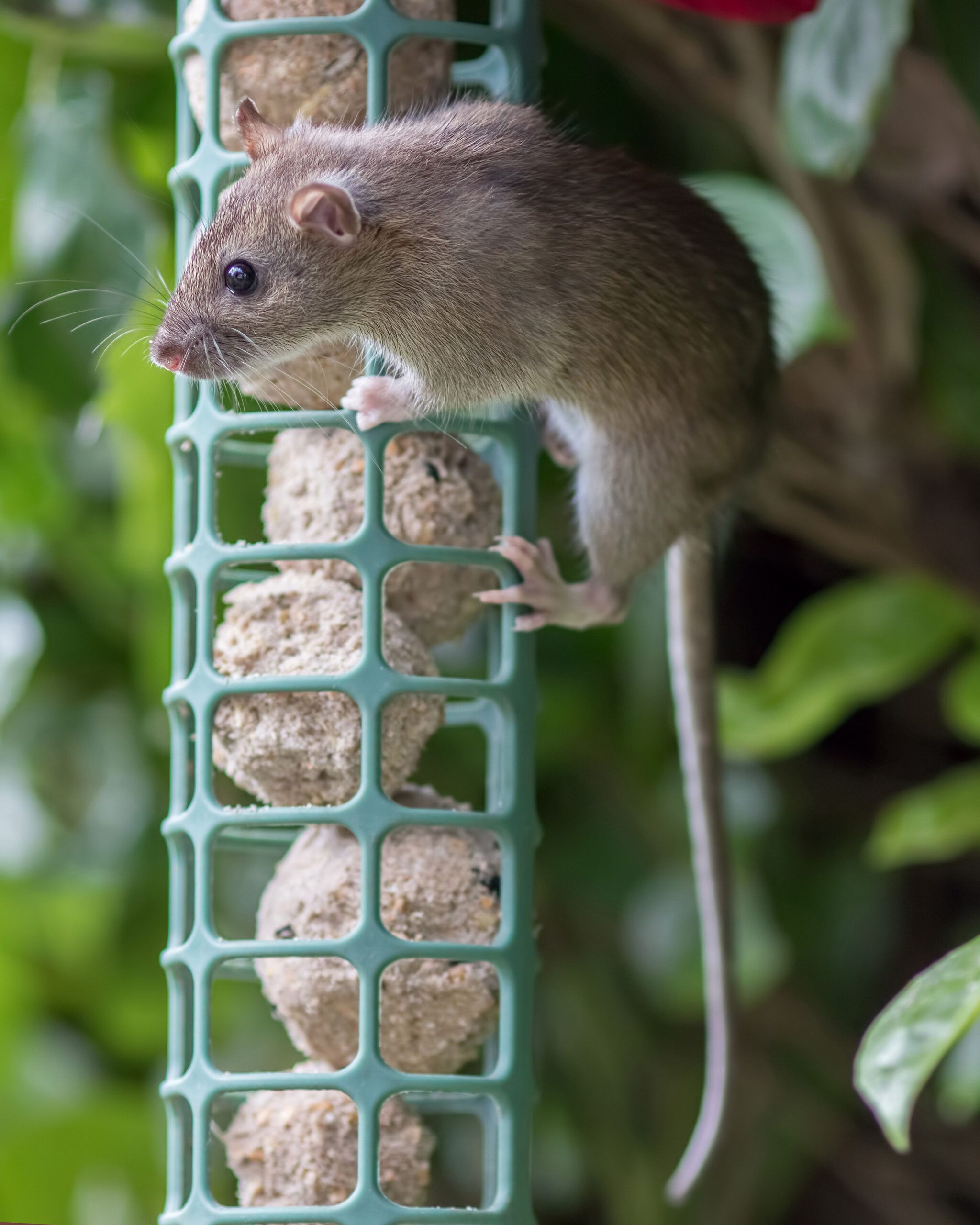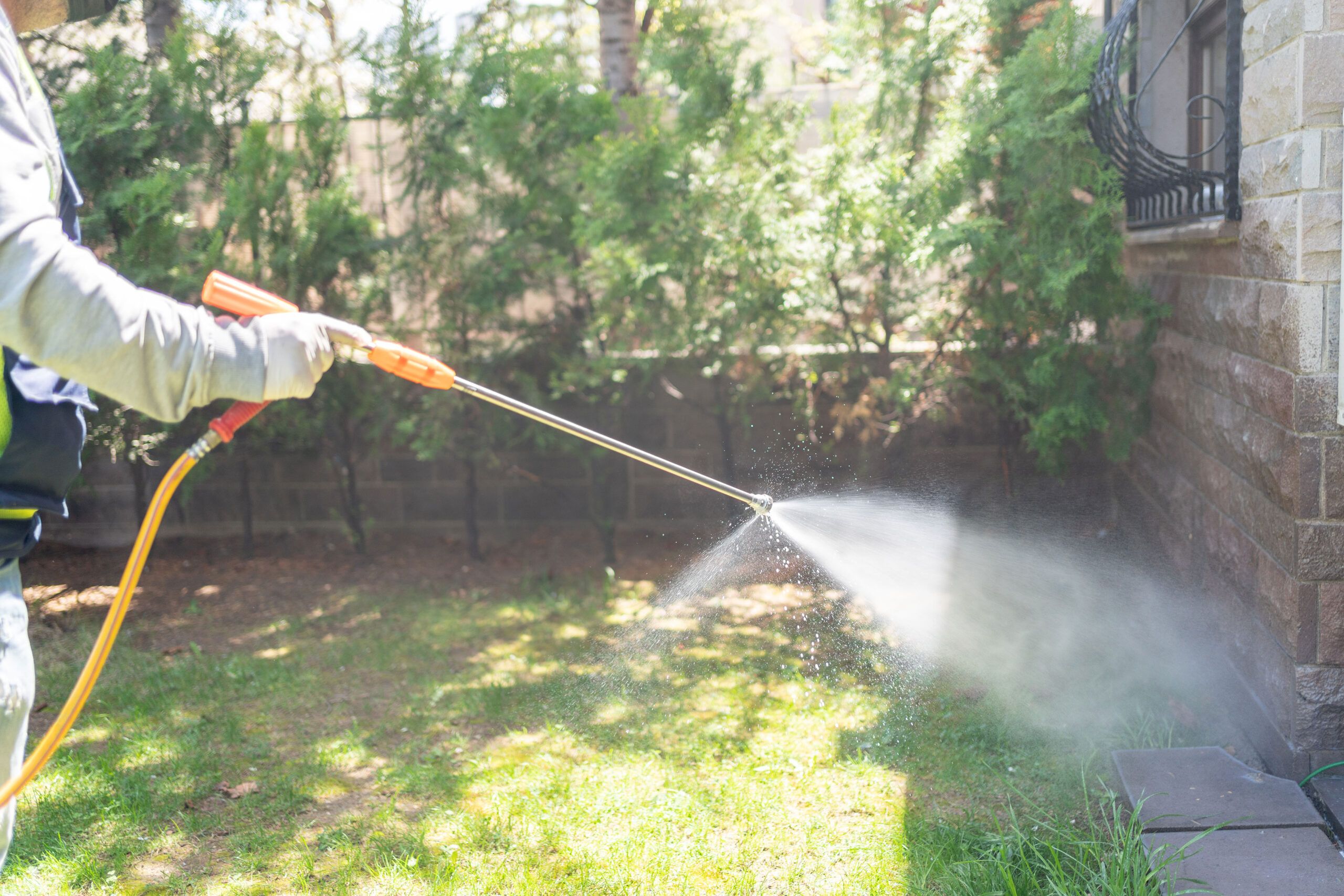Few people on this planet would welcome the mischief of rats in their yards. That’s one of the terms used to describe them, a “mischief,” because of the trouble they cause in terms of messes, diseases, and damage they’re responsible for. While they play a role in every ecosystem, they can get out of control quickly, and their presence can seriously damage a homeowner’s mental health.
In this guide, we’ll discuss how to get rid of rats in your yard after first discussing why they might be there and the damage they can cause. Here’s what you need to know.
Why You Might Have Rats in Your Yard
Rats are some of the most adaptable animals in the world, and they’ve come to thrive by living alongside humans. They live off the food scraps, shelter, and water supplies that we create, leaving behind excrement and damage. All this, while rarely crossing paths other than a shadow at night in the yard. It’s truly unnerving.
But they’re there for a reason. Like any other animal, they need food, water, and a safe habitat to call home. Most yards offer these necessities. Bird seed and grass seed are perfect food sources, as are pet waste and scraps in garbage cans. Bird baths, water features, and even leaky hose bibs are sources of water. And habitat? Your garden plants, deck, or even an exposed corner under a shed or patio can do the trick.
If you have a rat problem in your yard, chances are that these conditions exist on your property or a neighbor’s. It’s important to identify these sources so you can take care of the problem.
Signs you have rats in your yard
If you’ve noticed a few clues but aren’t sure that there are rats in your yard, here are a few red flags to look out for:
- Shiny cylindrical droppings about ½-inch in length
- Rub marks along walls and fences from the oils in rat coats
- Gnaw marks on garbage cans, wood containers, and even concrete
- Household pets staring into areas of the yard
- Burrows about the size of a baseball around the yard
If one or two of these signs exist, there’s a chance you have a rat problem.
Rat Traps and Poisons
When it comes to products designed to get rid of these pests, there are two basic categories: rat traps and rat poison. Within these categories, there are a few options:
Snap traps
Similar to the traditional mousetrap design with a spring-loaded arm that snaps down on the rat’s head when they feed from the bait (peanut butter, bacon grease, or cheese), rat snap traps are more heavy-duty. Some come in no-see versions, but large rats aren’t as likely to venture inside.
Sticky traps
These are flat sheets of heavy-duty plastic or paper with a coating of an extremely sticky substance. When the rat runs across the sheet, it gets stuck and dies from starvation, dehydration, or stress.
Humane traps
Humane traps catch the rats unharmed so you can relocate them. This is a good option for some pests, but with rats, catching and relocating multiple rats a week might be too much.
Electric traps
These rat traps create an electric current powerful enough to kill the rat instantly. They’re expensive and can be difficult to convince a rat to enter, but they’re as humane as a kill trap can be.
Poisons
Poison can be placed along areas rats typically travel. Some poisons attack the central nervous system or the kidneys or cause internal bleeding. They can be placed out on their own but may be consumed by non-target animals. They can also be placed in tamper-proof stations to prevent their consumption by non-target animals or exposure to pets and children.
How To Get Rid of Rats in Your Yard
Getting rid of rats in a yard is rarely a one-time fix. It may take some changes in your habits and environment in addition to ongoing maintenance. But, with the right approach, you should be able to handle the problem.
Remove the food and water

The first step in getting rid of rats is to eliminate their sources of food and water. If they’re difficult to find, try following the rats’ paths, which are usually worn down around the yard, marked with feces and greasy, oily marks along fences and walls. These tracks should lead back and forth between their shelter and their food or water sources. Here are some important areas to check:
- Water features
- Trash cans
- Bird feeders and outdoor pet food containers
- Food and vegetable gardens
- Bird baths
Another point to consider: Rats eat feces—any feces. Pet excrement in the yard can attract them, so be quick to pick up any messes your pets leave behind in the yard.
Eliminate their shelter
After you find the sources of their food and water, it’s time to target their shelters. Rats dig burrows under structures, alongside homes, under patios, or even in piles of brush and debris. And since rats don’t know or respect property lines, there is a chance that their nests aren’t even on your property. Check neighboring properties—with permission, of course.
If the rat shelter is on an abandoned property, call the town or city and ask for the mess to be cleaned up. The municipality will press the property to get it taken care of.
Set up rat deterrents
Consider placing rat deterrents around the property. These can be natural sources such as mint plants, or cotton balls soaked with peppermint oil. They can also be ultrasonic devices, which create a high-frequency sound that irritates rodents. It’s best to use a combination of both methods to keep these pests at bay.
Remove any existing rats
Even with their food, water, and shelter taken care of, there may be some existing rats in the yard. It’s important to remember that rats’ reproduction cycle is around 28 days, so they can multiply quickly if they’re able to find new resources.
Decide which traps you plan to use and set them out. If you’re using snap traps, bait them with peanut butter, bacon grease, or cheese and leave them unarmed for a few days. As the bait begins to disappear, arm the traps and check them daily. If you’re using humane traps, check them at least twice a day and relocate any caught rats as soon as possible. For bait stations, be sure to place them out of the reach of pets, children, and non-target animals.
Secure your home
Rats are survivors and if you mess with their outdoor living situation, they might consider your indoor living situation more inviting. Make sure to seal any entry points with metal mesh or steel wool to close off any gaps, and seal behind them with foam to stop air leaks. Also install sweeps under doors to prevent rats from squeezing through. Pay extra attention to pipes and vents as well, as gaps around them can invite pests.
Stay proactive
Once the rat situation is under control, you still need to be proactive. Perform regular inspections, keeping an eye out for potential signs or attractants. Make sure to continue with good habits, such as securing trash and making sure potential food sources and overgrown plants or cluttered potential shelter sites are removed and clean. It’s also a good idea to work with your neighbors to address any issues in their yard, if possible.
When to Call a Rat Removal Professional

If it’s been more than two months and you’re still struggling to get rid of rats in your yard, it’s time to call a professional. They reproduce each month, so your issue is probably worsening despite your best efforts.
A professional pest control company will conduct thorough inspections to find the source of shelter, food, and water. They’ll also treat and trap the existing colony. Pest techs can also offer advice on how to prevent the rats from coming back in the future. They can answer any questions and may even be able to assist with contacting neighbors about their part in the issue.
Questions to ask an exterminator
The following are a few good questions worth asking your pest control technician.
- What long-term strategy will you use?
- How long until the infestation is gone?
- How much will repeat visits cost?
- Are there any eco-friendly or humane options?
- Are my pets and children safe?
Getting Rid of Rats in Your Yard is Tough but It’s Doable
Getting rid of rats in your yard is tough work. They’re stubborn, reproduce quickly, and have mastered the art of survival. But, with the right knowledge and persistence, you can evict them from your yard. If your infestation is too stubborn, however, be sure to call an exterminator for help. Once your issue is under control, be proactive so you never have to deal with rats in your yard again.

